Whether you’re shopping for a new credit card or you just need a refresher on your card’s terms, we’ve got the information you’re looking for.
Without further ado, here are the 15 most common credit card terms and what they mean.
Never miss an amazing deal again + get our bonus 250+ page eBook for FREE. Join 50,000 other Canadians who receive our weekly newsletter – learn more.
Annual fee
The annual fee is what the card issuer charges you every year to use the card. Sometimes, card issuers break down the fee into monthly payments.
If you’re trying to determine how valuable a credit card is, subtract the annual fee from the rewards earned to see how much value you’re actually getting.
Learn more: Credit Card Annual Fees Explained - Low Fee vs. No Fee
APR
APR stands for Annual Percentage Rate. Simply put, the APR is the rate of interest charged over the course of a year if you keep a balance. You’ll typically see different APRs for different credit products. For instance, your balance transfer APR might differ from the one for your purchases or cash advances.
Learn more: Credit Card Interest Calculator: How Much Are You Paying The Banks In Interest?
Balance
The balance is how much money you have charged (or withdrawn through cash advances) to the card. It’s how much you owe the credit card issuer. Keep in mind that your balance also includes any interest you’re charged and fees charged by the issuer (like annual fees or foreign exchange fees).
Learn more: Understanding Your Credit Card Balance
Balance transfer
A balance transfer is the movement of one card’s balance to another credit card. You might make a balance transfer if you open a credit card with a balance transfer promotion. So, you might not be charged interest for a few months, allowing you to quickly pay down the balance.
Pro tip: Check to see if you’ll be charged balance transfer fees to complete the process.
Learn more: Balance Transfer Credit Cards 101
Cash advance
A cash advance is money you withdraw from your card’s credit line. You can access the cash by using an ATM. For instance, if you have a $5,000 credit limit and have already charged $4,000, you could take a cash advance of up to $1,000. Keep in mind that cash advances come with higher interest rates (and your issuer might charge a separate fee).
Learn more: How To Get A Cash Advance Using A Credit Card (And Why It’s Not A Good Idea)
Credit limit
The credit limit is the maximum amount a cardholder can charge or borrow from the card. Although credit card issuers can’t raise your credit limit without your permission, you can ask for a credit increase.
Increasing your credit limit (while keeping your balance in check) can improve your credit utilization ratio, which is the total percentage of credit you’re using. If you’re in the market for a mortgage or personal loan, lenders will check that your credit utilization ratio is low.
Learn more: What Is A Credit Card Limit (And Who Sets It)?
Credit score
A credit score is a 3-digit number that represents how creditworthy you are. Scores range from 300-900, but anything over 660 is considered good. Your credit score is made up of personal factors like your payment history, credit utilization ratio, length of credit history, credit mix, and credit application frequency.
Learn more: Credit Score In Canada: What These 3 Digits Say About You
Credit utilization ratio
Credit utilization ratio is the amount of credit you’re using compared to how much you have available. It’s displayed as a percentage. For example, if you have a card with an $8,000 credit limit and you currently have a $2,000 balance, your credit utilization ratio on that card is 25%.
Equifax recommends keeping your credit utilization to 30% or less.
Learn more: Guide To Your Credit Utilization Ratio (And Why It Matters)
Foreign exchange fee
The foreign exchange fee is the cost charged for everything you purchase in a foreign country. Most cards charge 2.5%, which can add up fast if you travel for a while (and use your card for everyday purchases).
It is possible to find credit cards that don’t charge foreign exchange fees, which can be a valuable benefit if you have a big upcoming trip.
Learn more: Currency Exchange Rate Fees: What Your Credit Card Charges (And How To Avoid It)
Grace period
A grace period is the window of time between the end of a billing cycle and when your bill is due. The grace period is usually at least 21 days. Once the grace period ends, you’ll start accruing interest.
Learn more: What Is A Credit Card Grace Period?
Interest rate
Interest is what you’re charged to borrow money and the interest rate is the exact percentage you’re charged. The purchase interest rate is probably the most important rate since it’s the rate charged for all goods and services. Most credit cards charge between 20%-25%.
Read your card’s terms and conditions to see the interest rate for purchases, cash advances, and promotional rates. It should also specify the grace period – the number of days without interest on new purchases if the outstanding balance is paid by the due date.
Learn more: How Credit Card Interest Works in Canada
Late payment fee
A late fee is a fee your card issuer charges if you’re late in making a payment. The fee amount varies, so reading your credit card’s terms and conditions is important. Generally, be prepared to pay upwards of $40 per late payment.
Learn more: Late Credit Card Payment? Never Again With These 5 Tips
Minimum payment
The minimum payment is the minimum amount you must pay every billing cycle to keep your account in good standing. Since your balance changes every month and interest rates fluctuate, your minimum payment will differ every month.
You can always pay more than the minimum (ideally, you should pay off your balance), but you may get hit with a late fee if you don’t make a minimum payment.
Learn more: Your Credit Card Minimum Payment Quick Guide
Offset rights
The "right to offset" (also called offset rights) is the right of a lender to take money from your bank account if you fail to make payments. Although it’s rare for credit card companies to do this, it’s important to realize that it’s a possibility if you don’t make payments.
Unauthorized transaction
An unauthorized transaction is a purchase made without your knowledge or permission. For instance, if your card is lost or stolen and someone makes purchases, these would be considered unauthorized transactions.
It's standard for a credit card to offer zero liability on card transactions, which means the cardholder is not held liable for any unauthorized transactions made on the account.
However, the fine print may state that the cardholder is responsible for ‘reasonable care’ – another way of saying the cardholder is required to protect their PIN number and card at all times, not give it out for others to use, and review their statements monthly to report any unauthorized transactions.
Learn more: What Is A Credit Card Chargeback?
creditcardGenius is the only tool that compares 126+ features of 231 Canadian credit cards using math-based ratings and rankings that respond to your needs, instantly. Take our quiz and see which of Canada's 231 cards is for you.



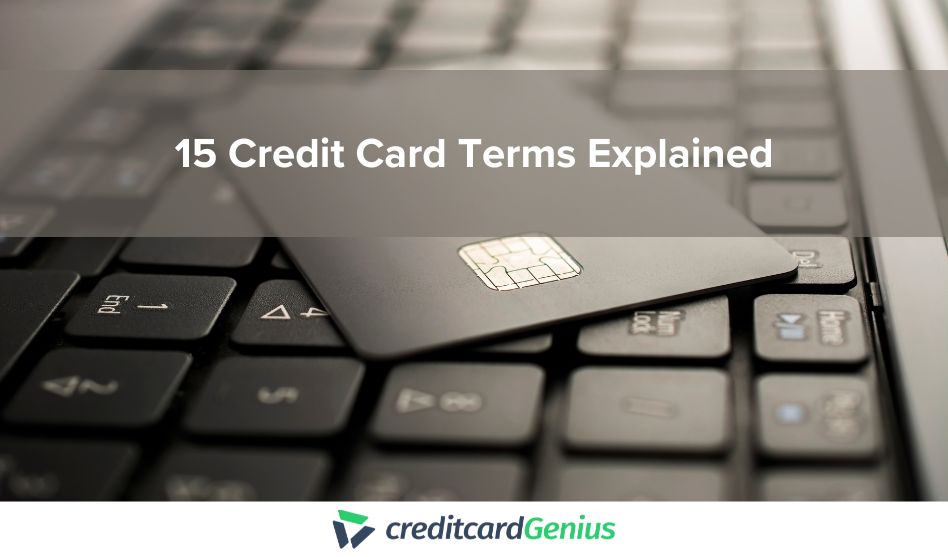

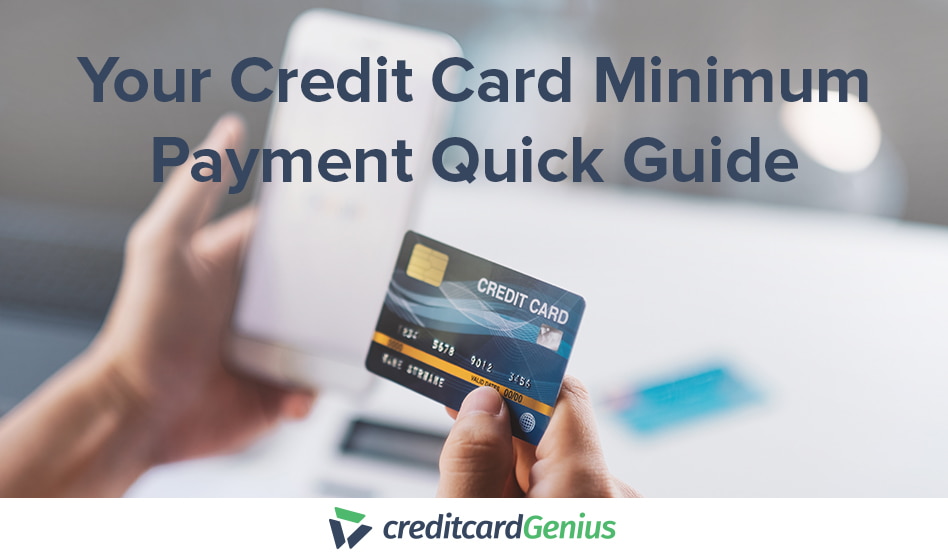
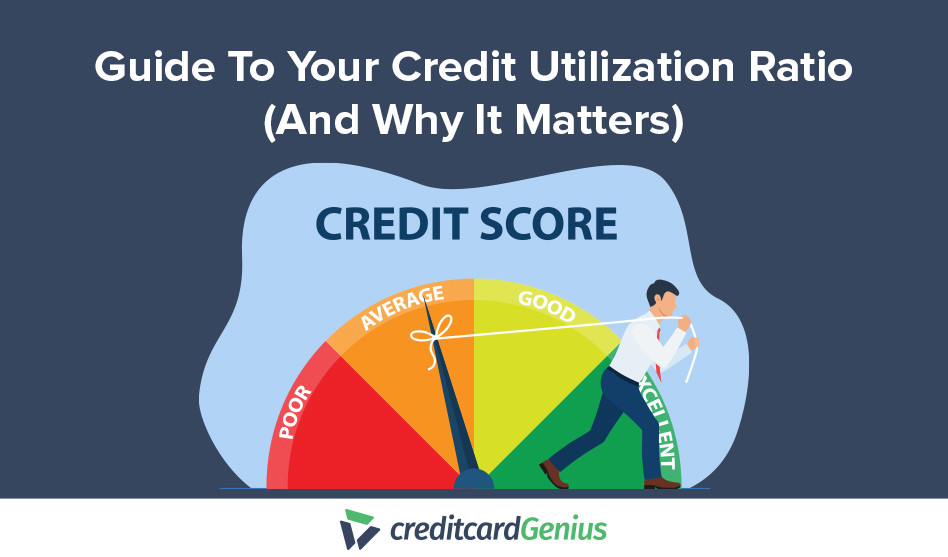


 GC:
GC: 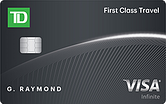
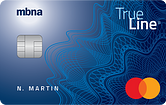
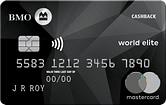
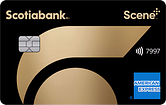
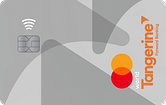
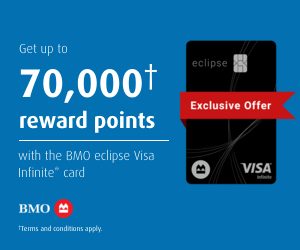
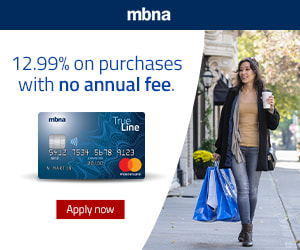
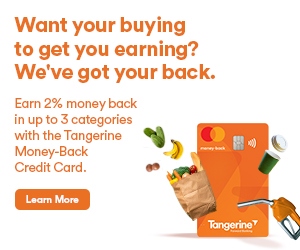




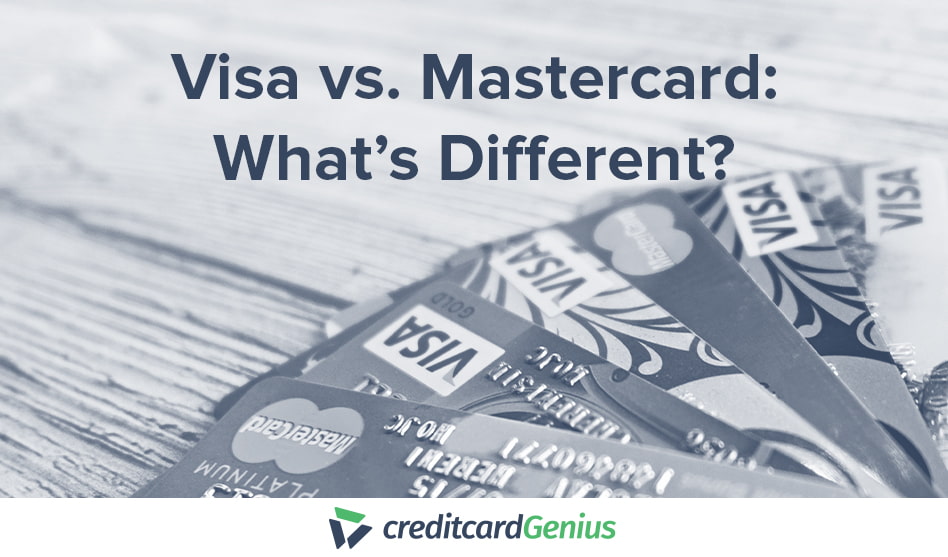

.png)




















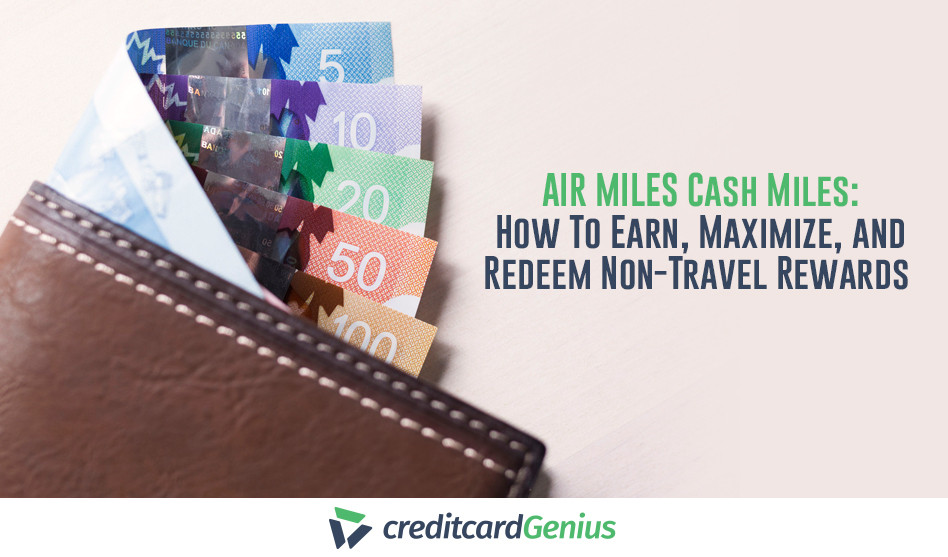
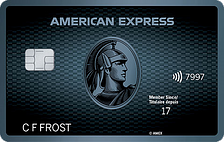
 $100 GeniusCash + Earn up to 15,000 Welcome Bonus Membership Rewards® Points.*
$100 GeniusCash + Earn up to 15,000 Welcome Bonus Membership Rewards® Points.*
Comments
Leave a comment
Required fields are marked with *. Your email address will not be published.